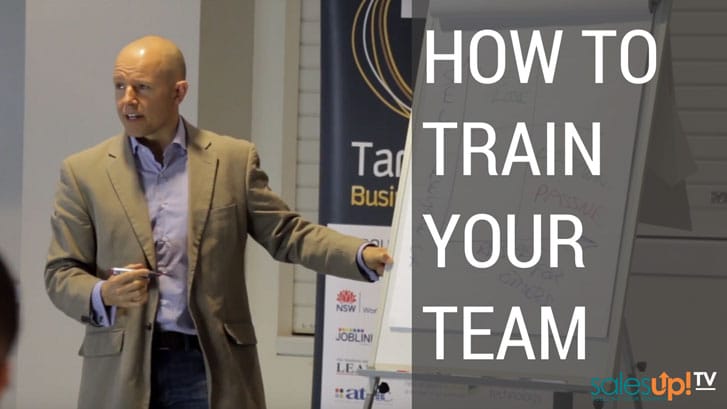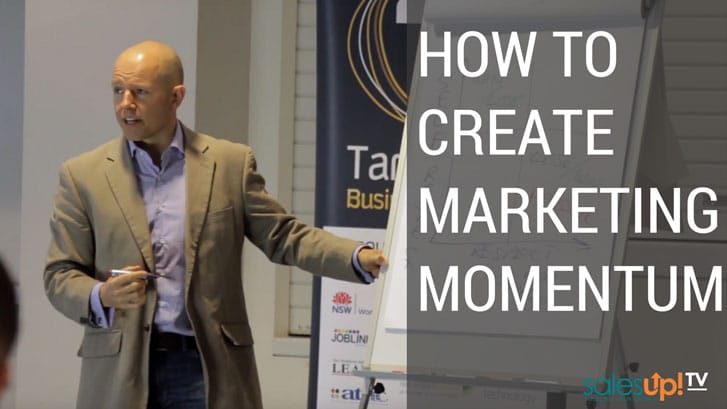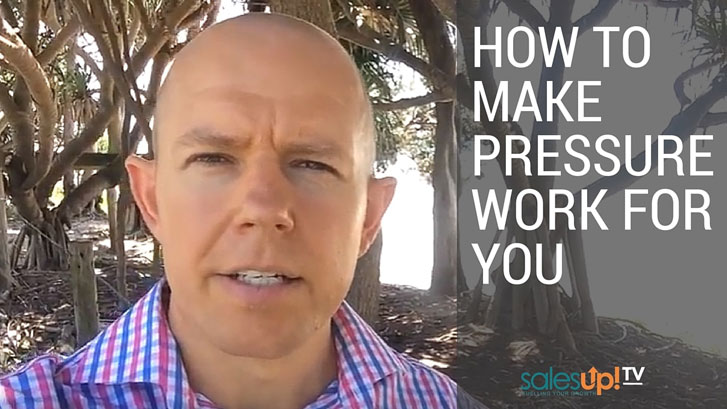On September 30, Jamie was interviewed by Eric Dye of the Entrepreneur Podcast Network about dealing with growing pains and managing the internal and external challenges that come with growing a successful business.
With tips from our business coaching toolbox Jamie painlessly describes what specific characteristics and skillsets are needed for an entrepreneur to have successful business growth. Give it a listen:
TIP: Invest in you. Your business is a reflection of you. If you want to grow your business and stay one step a head, then you need to grow you. And to find the place to start, look to where your stress is. Stress is usually created by uncertainty, i.e. not knowing how to handle a certain problem. That might be the place you need to learn some more or become more capable in same way.
Listen to Jamie’s interview with Curtin FM for the skinny on the productiviy apps that can help you manage your time and harness business growth
efficiency
The Truth About Accountability
A culture of accountability has many advantages. Among them are:
- an increase in team performance (obviously)
- high morale (because people are growing and getting shit done)
- lower stress for you the leader (because you’re dealing with things proactively) ; and
- business results (when a team is thriving and executing, result have to happen – it can’t be any other way)
If that sounds attractive (and it should), then the question to ask yourself is “how effective am I at building a culture of accountability?” You’ll be among good company if your answer is lower than you’d like it. It’s a common trap—so let’s not stay there. Let’s take it up a notch (or 10). And here’s how you can do it.
First, the truth
You can’t hold someone accountable.
Sure, you could use all to go to tactics we see some parents using – yelling, guilt and shame (I don’t recommend any of those – in your business or with your kids) but would you rather that YOU have to change someone’s behaviour or would you rather THEY do it? Your true goal as a leader is to help people grow their sense of internal accountability. Your role is to help them either want to get it done or to develop the skills to get it done.
If a person has clarity on the need, the drive to do it and the skills and the resources to do it, they will act. The part of leadership that encompasses accountability is being able to identify and shift where a person has a block. It is usually one of those three elements that are lacking.
With that principle understood, let’s look at the tactics.
Step 1 – The Relationship
For communication to be effective, a relationship needs to be healthy. We listen most closely and openly to those we respect and those whom we feel respect and care for us. Knowing this truth, it is critical that your relationships with your team have a healthy foundation of mutual respect and care. So your first step in helping someone develop their accountability is to check with your own internal view of that person. Second, check in with your view of yourself – self-respect is critical.
Where respect and care are lacking, communication will have an edge, and the intent behind the act will flavour the communication in an unhelpful way, whether you mean to or not.
Step 2 – Clear expectations
To be accountable for something, you first need to know what you are to be accountable for. It sounds obvious, but over and over again we’ve seen lack of clarity between the leader’s expectations and that of the team. Put things in writing. Test your communication by having the person repeat back to you the communication they have received.
When it comes to clarity of roles in the business, we are big believers in position contracts that outline 3-7 key outcomes a person is accountable for. These are defined by criteria for success, so everyone is crystal clear on what the expectations are.
Step 3 – Framework for the conversations
We use a FeedForward system that is a document allowing two parties to have a candid and objective discussion.
The intent behind the discussion is how to help a person move forward vs. pointing out where they are doing badly. The conversation is driven by the team member, not the leader. The leader acts more as a facilitator to help the person discover opportunities for themselves in the three areas we previously identified (clarity on expectations, motivation, skills & resources).
When these conversations happen proactively (before there is a problem), the feeling behind the interaction is way different than when it is too late.
Now, if you have a situation that is already too late—no problem. Still get started immediately, but you’ll need to take complete responsibility for your lack of action to date. Before you can express your dissatisfaction with their performance or behaviour, you may need to own up to not being clear about expectations or giving more guidance before now. Always point the finger at yourself before pointing it at others.
There is a very good chance that if you feel there is a problem, the other person knows it too, or they are just plain unhappy at work. Either way, there is a good reason to get the issues on the table and sort it out. You both stand to benefit.
Ideally, you don’t want to let it get to that stage. Be the leader you know you are. Be assertive and give your team the gift of accountability. With a strong sense of internal accountability, everyone’s lives become better, and that will make your business better.
When your people grow, so does your business— sometimes exponentially.
Good luck and I’d love to hear about your experiences.
Cheers
Jamie
Simple and Effective Marketing
Effective Marketing of your business can be an extremely simple endeavour if you allow it to be. You already have all you need to get out there and make it happen. The best way to approach your business marketing is to think about the problems your potential ideal customers face and provide educational content around … Read more
How to Avoid Being That Boss
Time to Watch: 3:16
Whether you call yourself a Boss, Leader, or Owner, there’s a very fine line between setting the pace and driving the pace. Knowing the difference is critical to the health of your team. It’s easy to fall into the trap of “Boss think” on this one, and it can be detrimental to the health and productivity of your team. Here’s how to effectively set the pace as a leader, no matter what stage your business is at.
What we’re talking about here is your effect on the team in terms of your behaviour around implementation and execution. It can be easy to fall into the trap of thinking that you aren’t held to account in the same way that your people are, but to echo a sometimes-overused phrase, you really do need to lead by example to get the results you want.
You can’t create separate standards for yourself and your team, because the difference will be stark, and the result will be the creation of an “us vs. them” culture which does nothing to promote, ingenuity, motivation or retention—all cornerstones of a successful business.
If you’re looking to be a team and work as a team, then you need to actively participate as one of the team, regardless of how you view yourself in the culture of the business.
What are your biggest challenge jumping into the trenches? Let us know in the comments below.
And if you watch this and think: “If there’s no ‘I’ in team, why am I doing all the work?” This read is for you.
Get out there and have fun with it, and if you’ve hit a stumbling block, we can help with a variety of coaching programs. Reach out and let us know what you need.
Cheers,
Keep in the loop with our latest rapid training videos on SalesUp!TV
Building a Profit-First Budget
Budgeting is not something most business owners would list as one of their most exciting tasks – and that’s ok, but it is necessary, and there is a way to build a budget that makes profit non-negotiable. Here’s how you can create a budget which helps you think differently about how you manage the expense side of your business, and will radically change your profit results.
How to Structure Training With Your Team
It’s a well-known fact that if you grow your people, you will grow your business – but how exactly do you raise the level of thinking to achieve those ends? Here are a few simple ways to boost the level of thinking in your key employees which will allow for desired growth.
How to Create Marketing Momentum That Has Payback
Creating marketing success isn’t an all or nothing prospect. It’s about creating the right rhythm by doing the right things at the right time and having a broader outlook on what your end game is. In this video we show you the no fail tool that helps our clients get ahead in their marketing game.
Business Lessons From the Bike Trail #3
Sometimes, even in leisure – things don’t always go as planned. In our third installment of Business Lessons from the Bike Trail we talk about some quick and easy ways to ensure you are preparing for a successful day – no matter what comes your way.
How To Make Pressure Work For You
There is a balance point where pressure changes from positive to negative and there is also a point where pressure becomes ineffective. Knowing what these points are for you and your sales team in critical in achieving sustained levels of high performance.
3 Things That Make a Successful Salesperson
What are the 3 things that make a good GREAT salesperson? When it comes to great salespeople there are three key things you need to pay attention to: 1. Skillset – do you have the skills necessary to make the sale?2. Activity – Are you doing the right level of activity to get the results you … Read more







